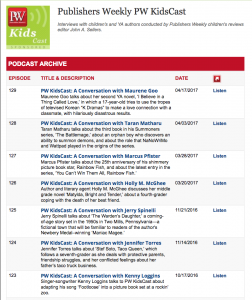The A.W.E. Project: Reinventing Education, Reinventing the Human by Matthew Fox
Published on October 25, 2017 | In Blog, Recommended Books | 0 Comment


Publishers blurb, 2006: "Matthew Fox has done it again. As one of the most prophetic voices of our time, he has created a unique new project that speaks the concerns and hopes of all of us who care about creating lives of meaning – for ourselves, our communities, our children and our children’s children… The A.W.E. Project reminds us that awe is the appropriate response to the unfathomable wonder that is creation – from the magnificence of galaxies, to the complex and brilliant process of cell-differentiation, and the miracle of the humanhand (product of 14 billion years of evolution). Imagine how much richer learning will be for all ages when we intentionally cultivate a sense of appreciation and wonder. A.W.E. is also the acronym for Fox’s proposed style of learning – an approach to balance the three R’s. This approach to learning, eldering, and mentoring is intelligent enough to honor the teachings of the Ancestors, to nurture Wisdom in addition to imparting knowledge, and to Educate through Fox’s 10 C’s. The 10 C’s are the core of the A.W.E. philosophy and process of education, and include: compassion, contemplation, and creativity. The A.W.E. Project does for the vast subject of “learning” what Fox’s Reinvention of Work did for vocation and Original Blessing did for theology. With passion and conviction, Fox turns conventional “education” upside down, shakes out what is no longer working, and offers visions of what can be."

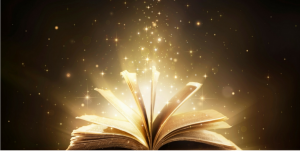



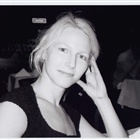





 May 11, 2017, for The Horn Book,
May 11, 2017, for The Horn Book, The Horn Book Magazine, founded in Boston in 1924, is the oldest of the U.S. magazines dedicated to reviewing children's literature.
The Horn Book Magazine, founded in Boston in 1924, is the oldest of the U.S. magazines dedicated to reviewing children's literature.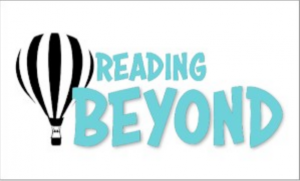 The Children’s Book Council has announced the inaugural
The Children’s Book Council has announced the inaugural 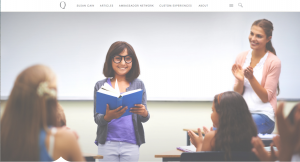 By
By 
